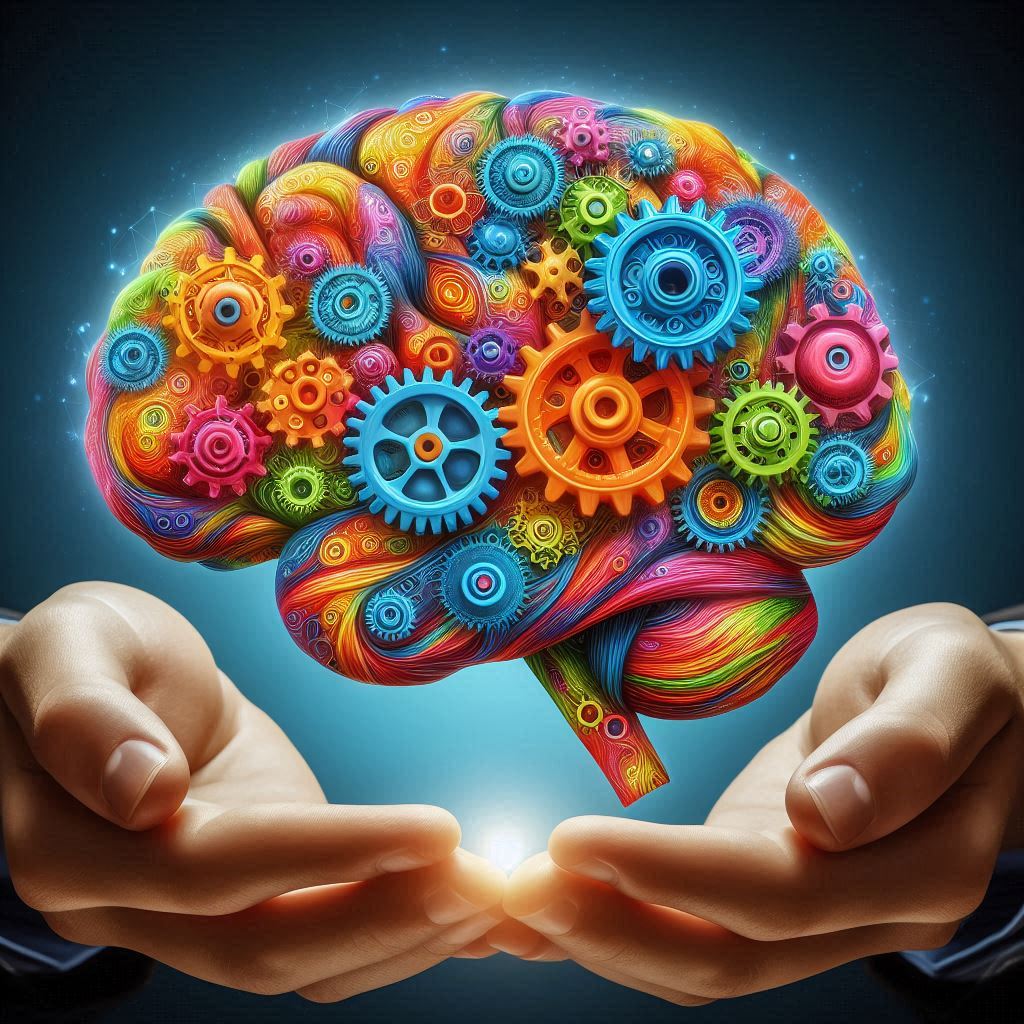STEM Activities for Autistic Kids: Engaging and Empowering Learning
July 30, 2024 / Heather Reyes

Every child has unique learning needs, but children with autism spectrum disorder (ASD) often require extra guidance and support. As a parent or teacher, it is crucial to understand what children with autism need and how to best support their learning through targeted STEM activities for autistic kids.
STEM activities for autistic kids offer an innovative form of education that integrates knowledge from multiple fields, including science, technology, engineering, and mathematics. Through a project-based approach, these activities help children explore and learn while they play, making education engaging and accessible.
“STEM habits of mind — such as critical thinking, persistence, and systematic experimentation — are important across all subject areas and may be essential to how children learn to learn,” researcher Elisabeth McClure explained in an article for the National Association for the Education of Young Children (NAEYC). Incorporating STEM activities for autistic kids into their learning can foster these important habits, enhancing their educational experience.
STEM education can not only effectively help children with autism learn knowledge and skills, but it can also assist them in finding effective ways to improve their social communication.
"There are a lot of reasons young children with disabilities are not included in STEM," says Megan Vinh PhD, also an advanced technical assistance specialist at FPG. "But we know from research that engaging in STEM supports gains in other content areas so it's critical they participate."
How does STEM help children with autism?

Strength Development and Building Confidence
Many children with autism have limited interest in the outside world, but at the same time, they possess outstanding cognitive abilities such as attention to detail, logical thinking, and visual-spatial skills. STEM (Science, Technology, Engineering, and Mathematics) activities have a rich variety of themes and formats which can provide diverse learning experiences. This can help children with autism discover and develop their unique talents. By leveraging their strengths, STEM education can also assist them in building self-confidence.
Improves Cognitive Skills
STEM activities, through hands-on construction, promote children's sensory integration, exercise their fine motor skills, and improve their hand-eye coordination. At the same time, STEM activities provide many structured and rule-based learning opportunities that play to the strengths of children with autism. This helps autistic children enhance their cognitive skills in areas such as problem-solving, critical thinking, and analytical reasoning. This not only helps them perform better academically but also improves their overall quality of life in daily living.

Facilitates Social Interaction
Social interaction poses a significant challenge for children with autism. However, engaging in STEM activities within a supportive environment can actually help foster their social skills.
"STEM can be its own intervention in a way. For instance, it's another way to be social. Often you're working on these activities with other children, and it's a natural opportunity for kids to work together and make connections," says Chih-Ing Lim PhD, an advanced technical assistance specialist at the UNC Frank Porter Graham Child Development Institute.
Younger children with autism can prioritize STEM activities that can be done at home, such as role-playing and scenario simulation. These methods can help them develop the desire to self-express in a safe and stable environment. Once they adapt to this activity format, they can progress to participate in collaborative STEM projects, which encourages them to express themselves in public settings, engage in dialogue, and build meaningful relationships with peers.
How to Choose STEM Activities for Children with Autism?

Criteria for STEM Activities Suitable for Children with Autism:
Emphasis on Multi-sensory Experiences
Children with autism are often highly sensitive to various sensory stimuli such as music, movement, tactile sensations, and other sensory inputs. STEM activities that incorporate multi-sensory experiences can help these children better understand and retain information, improving their learning outcomes.
For example, fractions are a highly abstract mathematical concept that can be challenging even for neurotypical children to learn. However, our "Pizza Maths" STEM box can make this type of learning much more accessible.
With this STEM activity box, children create their own play dough pizzas, engaging with a variety of materials and tools. As they slice the pizzas, they learn the concept of equal division. This type of learning experience not only successfully captures the children's interest but also helps deepen their understanding and comprehension of the subject matter.

For older children, more complex STEM projects can be selected, such as building robots or hydraulic arms.

Inclusion of Clear Visual Aids
Children with autism often enjoy using visual aids as these tools can help them better understand and retain information. Visual aids can include pictures, diagrams, images, and other visual materials. Educators and parents can utilize these tools to assist children in learning new skills and strengthen their memory.
STEM activities that incorporate a large number of visual aids such as cards, diagrams, and illustrated instructions and explanations are more friendly and accessible for children with autism to learn.

Inclusion of Social Learning Components
STEM activities typically include some social content, but children with autism may require additional support to learn social skills. When selecting STEM activities for children with autism, it's important to look for activities that incorporate interactive designs such as role-playing, situational simulations, and social games as these elements can significantly aid in their social skill development.
In the "Pizza Maths" STEM Box, a social interaction scenario is specially designed. Children can role-play as the pizza shop owner, serving customers and customizing pizzas for them. This process helps them gradually become familiar with real-life social situations, learn how to communicate with people, understand others' emotions and behaviors, and improve their self-management skills.
Supports Personalisation and Open-ended Exploration
Each autistic child possesses distinct abilities, interests, and unique cognitive perspectives. Consequently, STEM activities that eschew rigid right-or-wrong outcomes and instead emphasize open-ended exploration are far better suited to igniting their enthusiasm for learning.
Ultimately, for autistic children, specialized educational methods are required to help them overcome learning barriers. If education professionals and parents provide more academic support, including exposure to STEM when the children are young, then more autistic children may have the opportunity to access higher education. Studies reporting on the correlation between autistic students' increased interest in STEM fields and their academic outcomes indicate that if “advances continue in the early identification and treatment of children with autism…these enrollment rates are likely to increase and consequently STEM participation among individuals with an ASD may also continue to increase over time.”
STEM Education has the power to transform the lives of autistic children, unlocking their potential and catalyzing their growth.
Tinkerer STEAM Box empowers parents to easily facilitate STEM activities at home, providing crucial early exposure to STEM education for autistic children.
For children ages 3-5, our STEM activities feature a wealth of sensory games, hands-on making, and imaginative roleplay - all designed to facilitate better learning and cognitive development. For 6-8 year olds, our STEM activities help advance their foundational knowledge in science and the arts. And for children 9-12 years old, we provide more complex, challenging invention and creation projects that encourage exploration and innovation based on their unique interests.
Tinkerer STEAM Box empowers children ages 3-12 to focus on learning within a safe, predictable environment, helping them acquire the essential skills for healthy growth and better social integration.
Sources:
Elisabeth McClure: https://www.naeyc.org/resources/pubs/yc/nov2017/STEM-learners
Megan Vinh PhD: https://fpg.unc.edu/people/megan-vinh
Chih-Ing Lim PhD: https://fpg.unc.edu/people/chih-ing-lim
Correlation Study: https://www.ncbi.nlm.nih.gov/pmc/articles/PMC3620841/
Tinkerer STEAM Box: https://www.tinkererbox.co.uk









